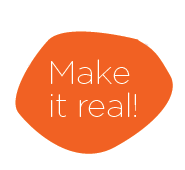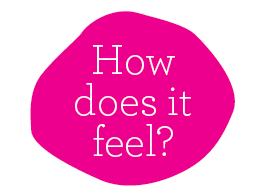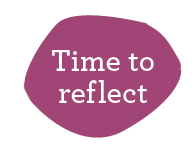How To Be “Brainy”
You know the “brainy” type: For them, learning comes naturally and easily, while for others, learning is a real struggle. Or does it only appear that way? Studies suggest that acquiring any knowledge requires significant effort and brainpower. Some people have simply learned how to learn.
Now that the school year is a few weeks old, your kids should all be in full-blown study mode. But what if they aren’t? What if the lazy-day habits of summer vacation are lingering longer than you’d like? Dedicated teachers are surely whipping your children into scholastic shape in the classroom, but are you doing anything at home to help the cause? If not, here are some good ways to make learning more effective. And since learning is a universal and lifelong experience, these tips can benefit children and adults alike in any learning environment.
Sleep time not only effects the following day’s learning (you’ve seen or been that person nodding off in class), it also affects what you learned the day before. Research shows that memories are replayed and transferred from short-term to long-term memory storage during sleep. Cramming all night for a big test is counterproductive, so get a good night’s rest instead.
The human brain is composed of two hemispheres. The right side of the brain is more spatial and houses creative ability. The left side is more logical and linear, and it houses the speech center. Learners have hemispheric preferences, meaning they tend to favor one side of the brain over the other when it comes to learning. However, over time, learning is most effective when both sides of the brain are stimulated. Subjects like art, music, physical exercise, dance and geometry stimulate the right brain; subjects like reading, writing and non-spatial mathematics stimulate the left brain.
One proverb says, “I hear, and I forget; I see, and I remember; I do, and I understand.” People learn by building upon past experiences because they are real, and what is real is stored in long-term memory more easily than what is fabricated. Think about it this way: Have you ever met anyone who successfully learned how to drive a car simply by reading an instruction manual?
Riding a bike is a perfect example of how learning is strengthened through repetition. Information is stored in the brain through neural connections, and the more information is used, the stronger the neural connection will be. When you fail to rehearse what you learn or want to remember, information stays in your short-term memory less than 20 seconds. In essence, we remember what we practice.
Just like experience, the more emotion that is attached to a learning situation the more memorable it will be. When people “feel” that something is worth learning, they pay attention to it. This is true even for subconscious learning. Case in point: Do you remember where you were and what you were doing on 9/11? Learning in an environment that includes emotions like humor, excitement, joy, curiosity and even sadness is more likely to transfer to your long-term memory.
You know how important it is to stay hydrated when exercising your body, but water also plays a vital role when exercising your mind. Consider that the brain is more than 80 percent water. When dehydration occurs and access to water is restricted, the brain becomes consumed with the thought of getting water. Within five minutes of drinking water there is a reduction in the level of chemicals that destroy information receptors in the brain. So, drinking water–and simply even knowing water is available–can significantly improve the learning experience.
The brain is not designed to receive constant input. It needs to rest to allow you time to process information during reflective periods. Reflection on what you learn can be accomplished through discussion, meditation, going over notes or summarization. When you learn something new, try sharing it with others. This type of reflection puts you in the role of teacher, and what you teach has a higher probability of transferring to long-term memory.
This is a great way to help learners in group settings express their thoughts and share ideas without feeling threatened. First, learners think or write about a topic quietly. Second, they pair up with someone else to exchange their thoughts verbally. Finally, pairs are invited to share their thoughts with the entire group. Using this technique takes a lot of pressure off learners who are afraid to ask and answer questions.
Some people turn learning into a chore, but it doesn’t have to be a pain. From using mnemonic devices to getting the right nutrition, there are many more ways to increase the effectiveness of learning. In a nutshell, studying smarter trumps studying harder.








This is amazing. can’t wait to implement what I don’t do already!
as far as exercise goes, I just had an Access bar, and ran 3.75 miles up/down hills in 30:30.
USMC Motivated. gonna share this knowledge and Melaleuca with my Marines. Oorah!
I have twin grand daughters that are 8 months old and this article is a good example of the habits these girls are developing and the influence of their parents and all of those who care for them.
I always spent my half an hour to read this blog’s posts daily along with
a cup of coffee.